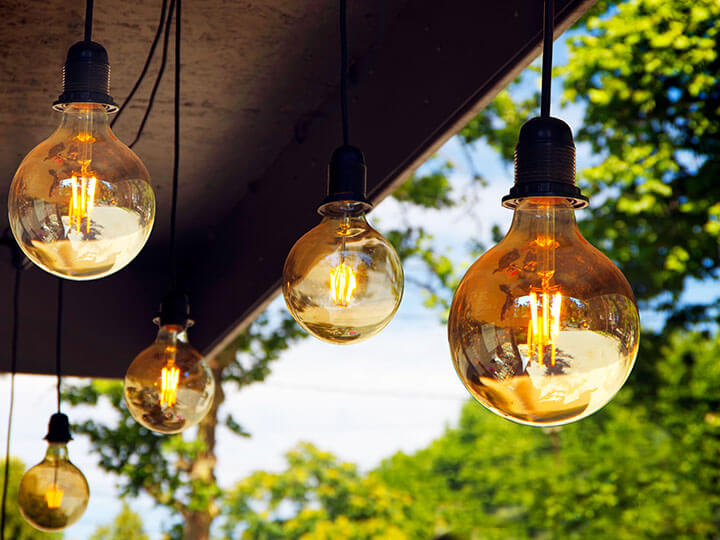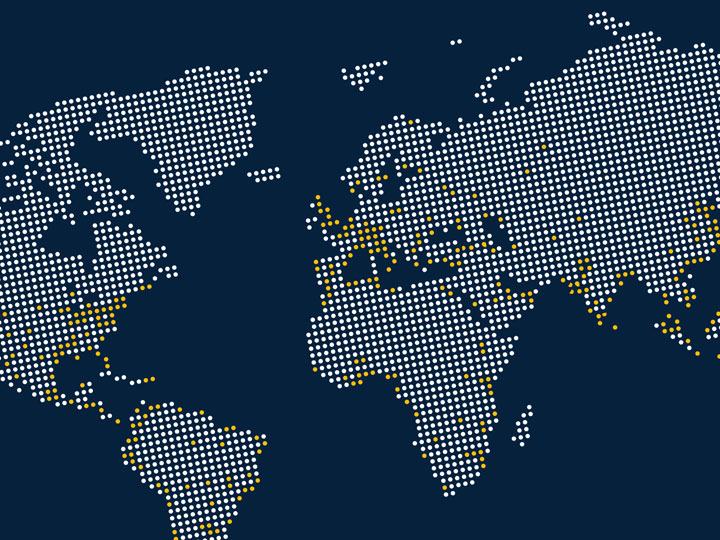Meet Global Energy Efficiency Certification and Labeling Requirements for Lighting Products
What is Energy Efficiency Testing for Lighting?
Energy Efficiency Testing for lighting refers to the process of evaluating and measuring the energy performance and efficiency of lighting products. It involves conducting various tests and assessments to determine the amount of energy consumed by a lighting product and its overall efficiency in converting electrical energy into light output.
Energy Efficiency Testing for lighting typically includes measuring parameters such as luminous efficacy, power consumption, color rendering index (CRI), color temperature, and other performance characteristics. These tests are conducted using specialized equipment and standardized procedures to ensure accurate and reliable results.
The Importance of Energy Efficiency Testing for Lighting Products
Energy Efficiency Testing plays a crucial role in promoting sustainability, cost savings, and overall performance efficiency in lighting systems. Here are some key reasons why Energy Efficiency Testing is important:
- By evaluating and rating the energy efficiency of lighting products, energy efficiency testing encourages the development and adoption of energy-saving technologies. It helps identify and promote lighting solutions that consume less energy while maintaining or enhancing light output, contributing to overall energy conservation and reduced greenhouse gas emissions.
- Energy efficiency testing ensures that lighting products meet specific performance standards and regulatory requirements. It helps verify that products meet advertised claims and perform as expected, promoting product quality and reliability in the marketplace.
- Energy efficiency testing provides consumers with reliable information about the energy performance and efficiency of lighting products. It enables consumers to make informed choices and select lighting solutions that align with their energy-saving goals, resulting in reduced energy bills and environmental impact.
- By providing objective data on the energy efficiency of lighting products, energy efficiency testing drives market transformation towards more sustainable lighting technologies. It creates incentives for manufacturers to invest in research and development of energy-efficient lighting solutions and encourages the widespread adoption of these technologies.
- Lighting consumes a significant portion of global energy usage. Energy efficiency testing helps identify lighting products that offer substantial energy savings, leading to reduced electricity consumption and lower environmental impact. It contributes to mitigating climate change and preserving natural resources.
Intertek's Energy Efficiency Testing Solutions for Lighting Products
Prove your lighting product’s compliance with the requirements of popular commercial and consumer-driven energy efficiency schemes to achieve differentiation in the market. Intertek is your exclusive source for fast, accurate, internationally-accredited testing to minimum standards, stringent energy efficiency program requirements, and everything in between.
Knowledge Center
Low Voltage Lighting Products Testing and Certification Fact Sheet
Considerations in Bringing a Germicidal Product to Market Webinar
Commercial Displays: Compliance to ANSI/UL 970 Fact Sheet
Lighting for Hazardous Locations Fact Sheet
Germicidal Lighting Fact Sheet
Horticultural Lighting Safety & Performance Criteria Fact Sheet
Product Listing & Marking Strategies White Paper
Mitigating Cyber Threats to Connected Lighting Products Webinar
Automotive Lighting: Photometric Concepts, Calibration, and Measurement White Paper
Class P Program for LED Light Engines Fact Sheet
ANSI/UL 8750: Overview and Tips for Manufacturers
Ingress Protection for Lighting Products IP vs. NEMA Ratings White Paper
California Energy Commission (CEC) Title 20 and Title 24 White Paper
Resources
- Global Lighting Standards
- Reese's Law – ANSI/UL 4200A-2023
- Sustainability Solutions for Lighting
- My Test Central
- Product Directories
- Certification Marks
- Global Market Access
- SatelliteTM Client Test Program
- Intertek Protek - The world’s first industry-agnostic, end-to-end health, safety and wellbeing assurance program


